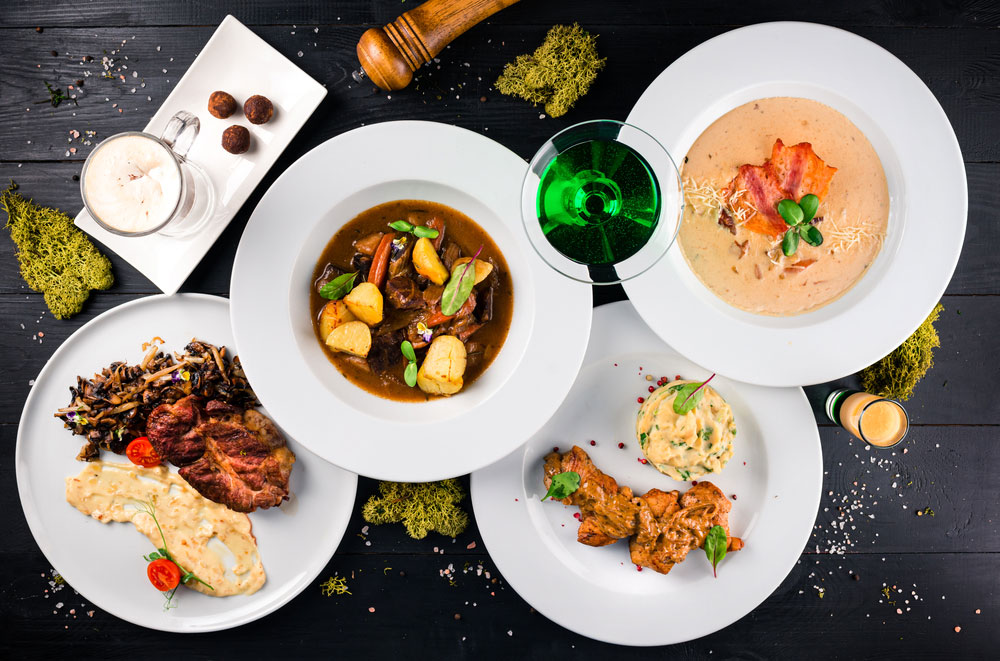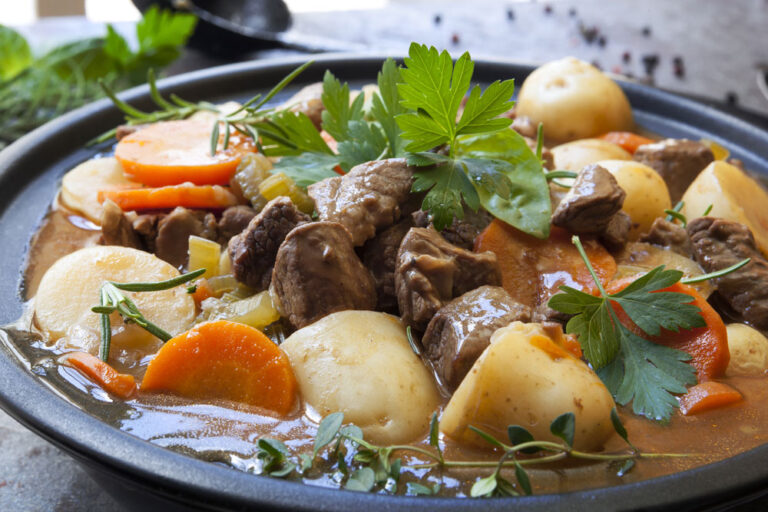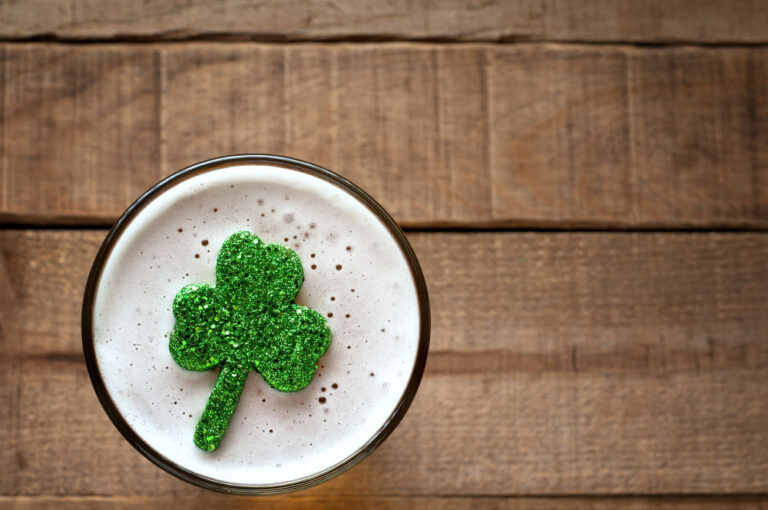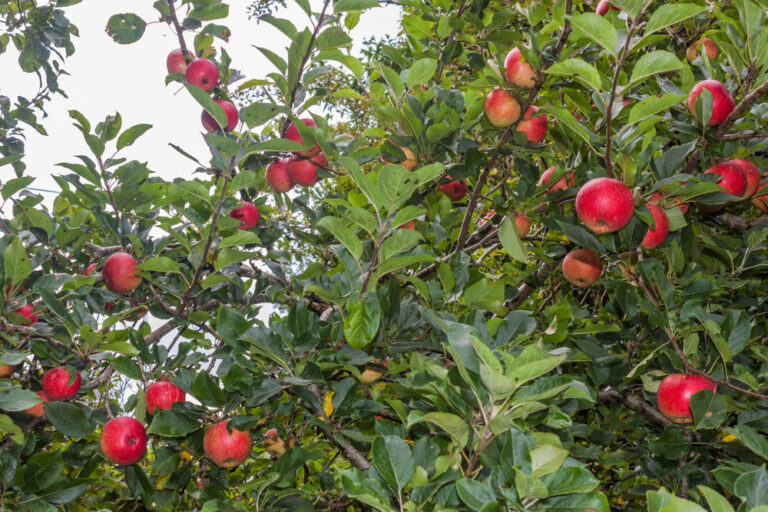Traditional Irish cuisine reflects Ireland’s rich culinary heritage, drawing inspiration from its agricultural and maritime areas, as well as cultural and historical links to neighboring nations such as England, Scotland, and France. Several traditional recipes in Irish cuisine have been handed down through generations of families and communities.
The classic Irish stew is one of the most well-known meals in Irish cuisine. This substantial and savory stew, cooked with lamb or mutton, potatoes, onions, and carrots, is commonly eaten with soda bread, a sort of bread baked with baking soda instead of yeast. Colcannon, a meal prepared with mashed potatoes, cabbage or kale, and butter or milk, is another popular dish.
Seafood is also a significant ingredient in Irish cooking, with popular dishes including smoked salmon, oysters, and Dublin Bay prawns. The Irish seafood chowder, cooked with a creamy broth, potatoes, and an array of fresh fish, is one of the most renowned seafood meals in Ireland.
Apart from savory foods, Ireland is well-known for its sweet delicacies, such as the famed Irish soda bread, which is commonly served with butter and jam. Apple tarts, cooked with tart apples, sugar, and a buttery pastry crust, are another classic sweet, as is Irish cream cake, a rich and indulgent dessert made with whiskey, cream, and chocolate.
Traditional Irish cuisine, in general, is a celebration of Ireland’s rich history and culture, with recipes reflecting the country’s agricultural and seaside riches, as well as its strong cultural and historical links to the rest of Europe.
The Importance of the Potato in Irish Cuisine Past and Present
The potato is a vital component of Irish cuisine, and it has been a mainstay of the Irish diet for generations. Its significance may be traced back to the 16th century, when the potato was introduced to Ireland for the first time. The country was essentially a rural culture with a subsistence economy at the time, and the potato rapidly became a critical crop for Irish farmers. It was simple to cultivate, had a large yield, and could be stored for extended periods of time, making it a perfect crop for a people that were highly reliant on agriculture for a living.
Over time, the potato became firmly embedded in Irish culture and cuisine. It was a symbol of Irish identity and tenacity in the face of hardship, as well as a basic food source. During the Great Famine of the nineteenth century, when a catastrophic blight decimated the potato crop, millions of Irish people were forced to leave or starve, and the potato came to represent both the Irish people’s misery and their fortitude.
Nowadays, the potato is still a popular element in Irish cuisine, appearing in dishes such as colcannon (mashed potatoes with kale or cabbage), champ (mashed potatoes with onions and butter), and potato bread. Potatoes are also a common element in many stews and soups, serving as a robust and satisfying basis.
While the potato is no longer the primary source of food for the Irish, its significance in Irish cuisine and culture cannot be overemphasized. It is still used in many traditional meals and serves as a symbol of the country’s history, identity, and tenacity.
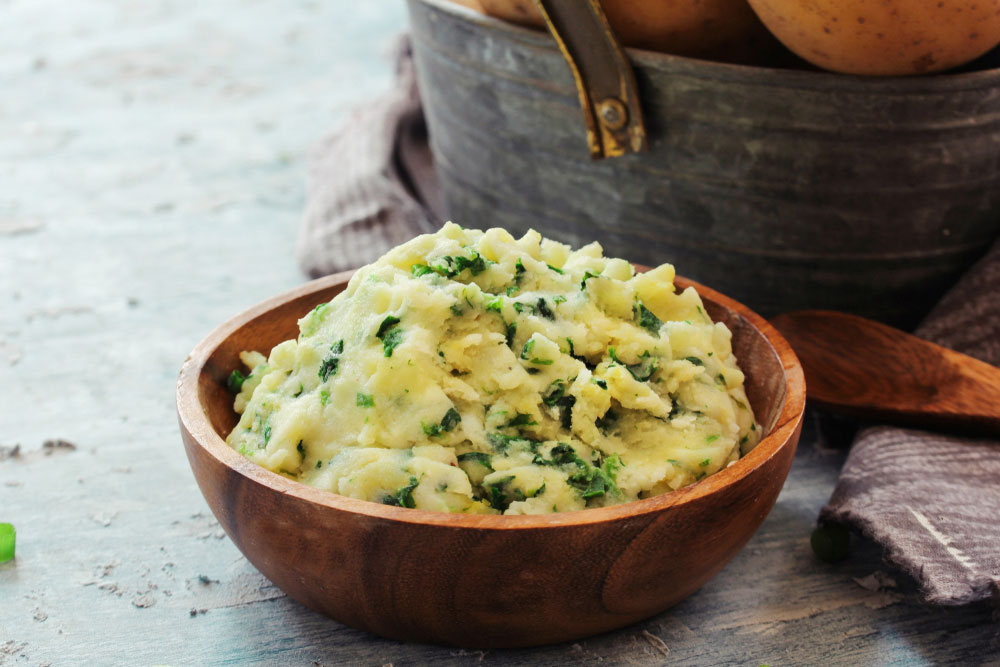
Reviving the Roots: Exploring the Diverse and Flavorful Modern Irish Cuisine
There has been a growing interest in traditional Irish cuisine and drink in recent years, with an emphasis on conserving and promoting the country’s culinary history. This has sparked renewed interest in historic recipes and practices that were once on the verge of extinction.
For example, Irish artisanal producers are rediscovering centuries-old traditions for cheese and preserved meats. Irish cheese, in particular, has had a renaissance in recent years, with makers employing milk from rare-breed cows and goats to create distinct, tasty cheeses based in Irish history and culture.
Craft beer, whiskey, and gin production is also thriving in Ireland, with small-scale manufacturers making creative, high-quality goods that represent the country’s distinct terroir. Several of these companies are creating distinct flavor profiles rooted in the Irish terrain by employing locally obtained ingredients such as wild herbs and fruits.
Modern Irish cuisine encompasses worldwide flavors and methods, as well as traditional Irish ingredients, with Irish chefs drawing influence from cuisines all around the world. This blend of traditional and modern components has resulted in a dynamic and interesting culinary scene in Ireland, with everything from Michelin-starred restaurants to young, informal cafes.
Modern Irish cuisine, in general, reflects the country’s rich culinary heritage, natural richness, and creative spirit, with a focus on fresh, seasonal ingredients and inventive techniques that highlight the best of Irish food and drink.
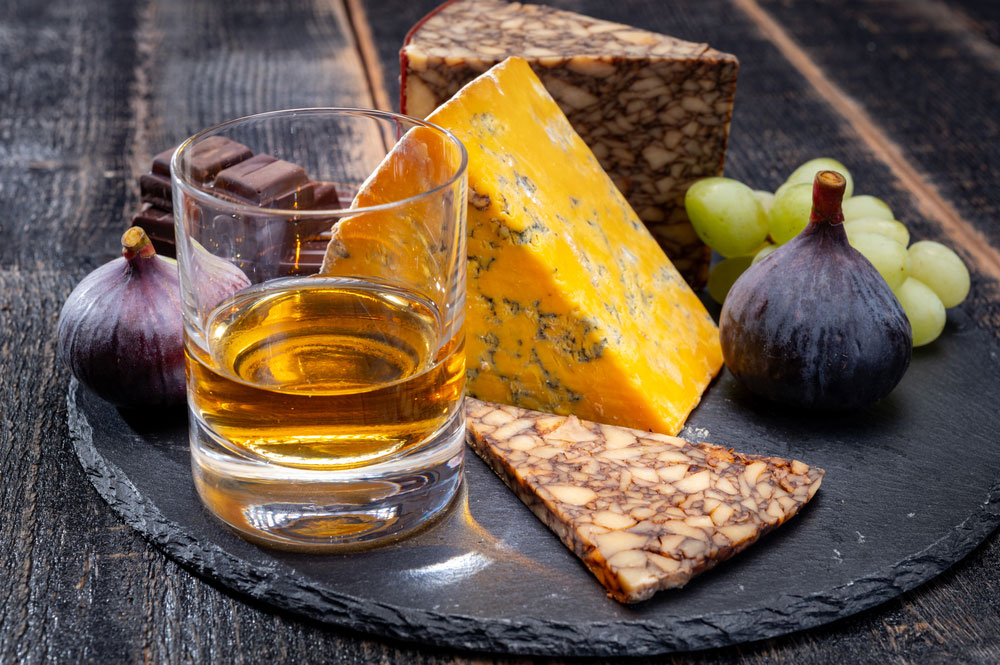
Some Traditional Irish Favorites
Irish Stew: This traditional meal consists of lamb or mutton, potatoes, carrots, onions, and herbs. It’s perfectly slow-cooked, making it the ideal comfort dish. (view recipes)
Boxty: is an Irish potato pancake prepared with grated potatoes, flour, and milk. It’s often served with a savory filling, such as bacon or smoked salmon. (view recipe)
Colcannon: is a meal made of mashed potatoes with cabbage or kale. It’s often served as a side dish with bacon or ham. (view recipe)
Coddle: is a classic Dublin meal that consists of sausages, bacon, potatoes, and onions. It’s simmered in a broth over low heat until everything is soft and tasty. (view recipe)
Guinness Pie: This is a meat pie cooked with Guinness beer and beef or lamb. It’s a meaty, rich meal, ideal for a winter evening. (view recipe)
Barmbrack: is a kind of sweet bread that is baked with dried fruit and spices. It’s often served sliced with butter. (view recipe)
Irish Soda Bread: Instead of yeast, this bread is baked using baking soda, which gives it a somewhat acidic taste. It is often served with butter and jam.
Seafood Chowder: This is a creamy soup cooked with seafood such as fish, shrimp, and clams. It’s a delectable way to enjoy Irish seaside food.
Black Pudding: A sausage prepared with pig blood, oats, and spices. It’s often offered as part of a traditional Irish breakfast.
Apple Tart: A classic Irish dish prepared with tart apples, sugar, and cinnamon. It’s often accompanied with whipped cream or ice cream. (view recipe)
We hope this list inspires you for your next vacation to Ireland!
